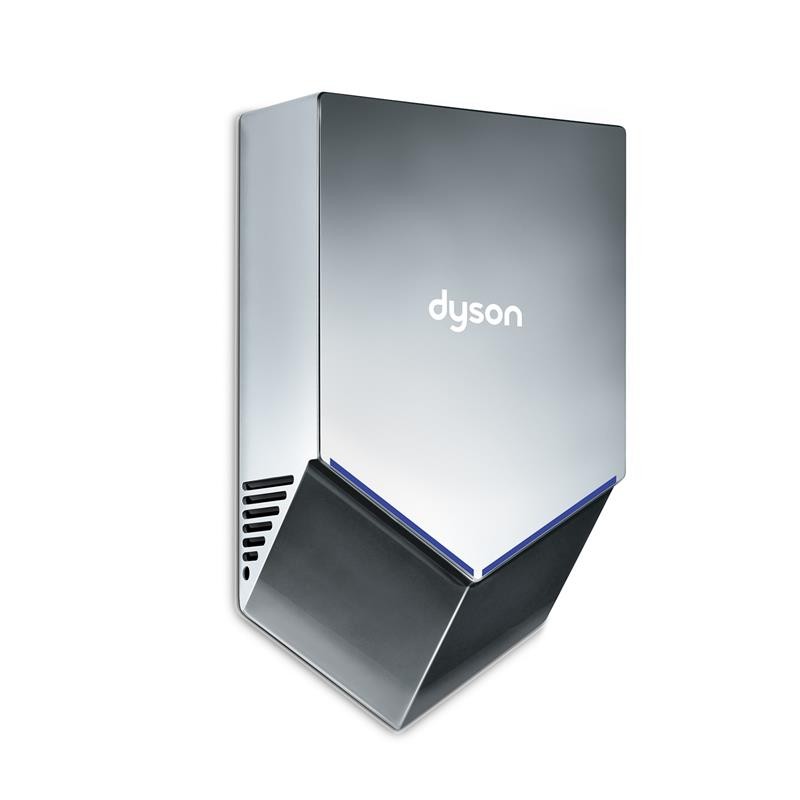

The holy grail for such phobists is the contactless restroom. So many different kinds of people tramp in and out of these spaces, says Ruth Barcan, a cultural theorist at the University of Sydney, that we have become paranoid about them – “about what others might or might not do, leave or not leave, clean up or not clean up – about who’s the same as us or not the same as us”. But the public mind obsesses most over the cleanliness of the public bathroom. This is why, he argued, Big Towel launches such regular broadsides at hand dryers.įor those making the decisions to purchase them, paper towels and hand dryers compete on other dimensions as well: cost, for instance, or eco-friendliness. Between 20, a Dyson spokesperson reckoned, hand dryers will have sucked $873m out of paper towel revenues. In 2020, according to the market research firm Technavio, the world will buy roughly $4bn (£3bn) worth of multi-fold paper towels, of the kind most commonly seen in public bathrooms the same year, hand dryer sales will jump to $856m, having grown 12% every year since 2014. The numbers still weigh heavily in favour of Big Towel. Only after Dyson arrived and other dryer firms shook themselves awake did the contest acquire any edge at all. Their pockets were deeper, their leverage over customers greater. The biggest manufacturers of paper towels were behemoths such as Kimberly-Clark or Georgia-Pacific, which also produced a vast range of other items. Dryer companies, by and large, just made dryers their budgets were small and their influence limited. For most of the 20th century, the towel was the more dominant product. Photograph: Sarah Lee/The GuardianĪs an invention, the paper towel isn’t much older than the hand dryer the Scott Paper Company, based in Philadelphia and now owned by the tissue giant Kimberly-Clark, developed the first restroom towel in 1907, while the Airdry Corporation, in New York, patented the earliest “drying apparatus” in 1922. Dyson piped up, protesting that the experiment’s methodology was too vague to be meaningful, but it went practically unheard.Ī cutaway model of the Dyson Airblade from the time of its UK launch in 2006. When she posted a photo of the dish on Facebook, 500,000 people shared it in a week. Over the next 48 hours, the fungi and bacteria deposited on the dish by the dryer multiplied, growing into thickets of grunge. Last year, a student of microbiology in California stuck a petri dish inside the maw of a Dyson Airblade for three minutes and then incubated it. Once these fears have been mongered, their spread is irresistible. Any sort of health scare is a gift to a journalist – an opportunity to write viral headlines such as “ Hand dryers are blowing bacteria all over your hands” or “ Hand dryers are germ-flinging bullshit”. Even so, the paper towel industry has funded or promoted a rash of studies claiming that hand dryers turn bathrooms into mosh pits of pathogens. Science has tried and failed to come to a consensus about the hygienic superiority of one product over the other. The chief battleground for this duel is public hygiene. You have Pepsi v Coke, and you have hand dryers v paper towels.” “Expect to be lied to a lot,” Campbell told me.

In the quest to dominate the world’s restrooms, Campbell discovered, Dryer v Towel is a pitched contest of business strategy and public relations. And finally, the jet dryer sub-species of the sort Dyson makes, whose gale-force winds promise to shear away every drop of moisture rather than slowly evaporating it. Second, the old-style warm-air dryer: those indestructible metal carapaces that, through their snouts, breathe down upon our hands. First, there is the venerable crisp-pleated paper towel. Public bathrooms offer three primary options to dry a pair of wet hands. After the Airblade’s launch, a battle began to boil, pitting the dryer industry against the world’s most powerful hand-drying lobby: Big Towel. The Airblade was not the first high-speed dryer, but its luxe appeal and Dyson’s brash marketing revolutionised the restroom universe more and more, the hand dryer began to seem like a vital accessory to class up a joint. Inside the dryer, the air blew at speeds exceeding 400mph its filter claimed to capture 99.95% of all particles 0.3 microns or bigger in size from washroom air it cost about £1,000. It looked so futuristic that it was used as set dressing on the Star Trek reboot in 2009. The first model – which asked for dripping hands to be inserted into its frowny mouth – had a curvilinear form and brushed silver body.

The Dyson Airblade, released in 2006, was no ordinary hand dryer.


 0 kommentar(er)
0 kommentar(er)
